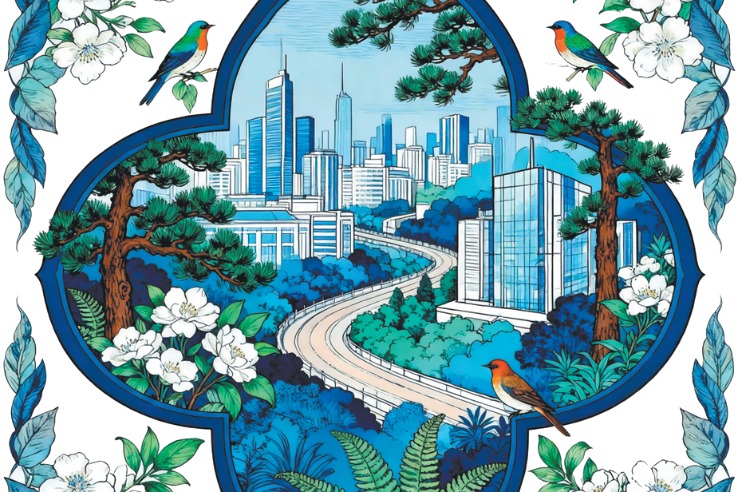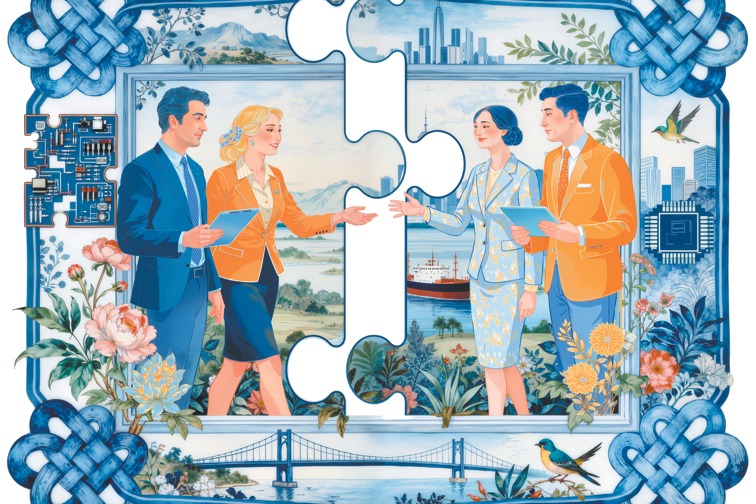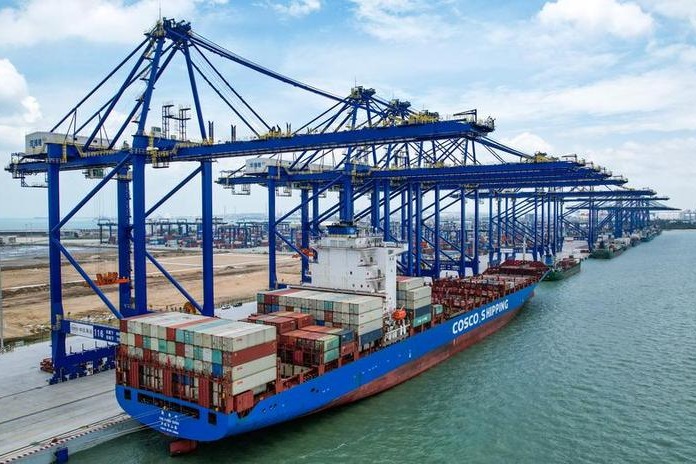Cultural protection and development in Xinjiang

VI. Active Cultural Exchanges with Other Countries
Xinjiang has been an important gateway for China's civilization to open to the West, and has played a significant role in cultural communication and mutual learning between East and West. Supported by the central government, Xinjiang has created a framework of cultural exchanges with other countries in all sectors and at all levels.
Xinjiang participates in international cultural exchanges and cooperation in various forms. Xinjiang International Ethnic Dance Festival, Chinese and Foreign Culture Week of China-Eurasia Expo, and Publishing Expo have become branded cultural exchange projects of considerable international influence. Since 2009, Xinjiang has held seven China International Youth Arts festivals, inviting more than 2,330 young people representing 119 art troupes from Turkmenistan, Kazakhstan, Uzbekistan, and Kyrgyzstan of Central Asia and Russia, Mongolia, Pakistan, India, Malaysia, Thailand, the Republic of Korea and Azerbaijan. From 2012 to 2017, Xinjiang has held seven seminars for directors of media from countries along the Silk Road Economic Belt, inviting directors of more than 100 media from 25 countries to Xinjiang on study, communication and visits.
In recent years, Xinjiang has been active in building the core area along the Silk Road Economic Belt, strengthening cultural and scientific and technological exchanges with countries along the Belt. In 2016, it hosted the scientific and technological cooperation forum of the Fifth China-Eurasia Expo, inviting 154 guests from more than 30 countries and international organizations. Xinjiang has built 12 state-level bases for international sci-tech cooperation, launching cooperation and exchanges with more than 30 countries and regions and 10 international organizations and research institutes in such fields as agriculture, resources and the environment, processing of agricultural products, astronomy, coal chemicals, biomedicine, and energy.
It has steadily implemented the "Study-in-China" initiative, gradually increasing scholarships for outstanding students from countries along the Silk Road Economic Belt. Institutions of higher learning in Xinjiang engage in active international exchanges and cooperation, and their foreign students are growing in number and their teaching quality is much improved. From 1985 to 2017, colleges and universities of Xinjiang enrolled 50,000 foreign students.
With its particular strength in traditional Chinese medicine (TCM), including Uygur and Kazakh medicine, Xinjiang plans to establish Chinese-foreign institutions of traditional Chinese medicine and worked to establish a system of international medical services for TCM including ethnic minority medicine, attracting more and more patients from neighboring countries. From 2015 to 2017, five hospitals in Urumqi began to offer international medical services, accepting 17,000 foreign patients in total. Xinjiang has held a series of high-level sports events, attracting numerous international athletes and sports fans.
Xinjiang presents different ethnic cultures to foreign countries. Since the late 20th century, quality exhibitions of Xinjiang cultural relics, such as the "Exhibition of Ancient Silk Road Cultural Relics of Xinjiang" and "Secrets of the Silk Road-Exhibition of Xinjiang Cultural Relics", have been held in Japan, the United States, Germany, the Republic of Korea, and some other countries. Some of Xinjiang's intangible cultural heritage items have been presented in performances or exhibitions in the UN headquarters, the United Kingdom, Japan, France, and in those countries adjacent to Xinjiang. In recent years, cultural communication events such as "Experiencing Xinjiang-Cultural Exploration of Xinjiang, West China", "Xinjiang Cultural Exchange Forum", and "Xinjiang Culture Week" have been held in the United States, Canada, Germany, France, Italy, Spain, Australia, New Zealand, Russia, Kazakhstan, Georgia, Egypt, Turkey, Iran, Saudi Arabia, Pakistan, Afghanistan, Malaysia, Brunei, and Laos. Xinjiang has also sent several delegations on behalf of China to attend the World Nomad Games on the shores of Lake Issyk-Kul, strengthening sports exchanges and cooperation with other member states of the Shanghai Cooperation Organization.
Conclusion
The Chinese culture was created, carried forward and developed by all ethnic groups of China, and is a bond of ethnic unity and national unification. Facts have proved that ethnic cultures of Xinjiang are components of the Chinese culture, which is always the emotional attachment and spiritual home for all ethnic people in Xinjiang, as well as the dynamic source for the development of ethnic cultures.
Xi Jinping, general secretary of the CPC Central Committee, Chinese president and chairman of the Central Military Commission, pointed out: "Since its founding, the Communist Party of China has actively guided and promoted China's advanced culture while keeping China's fine traditional culture alive and strong. Today, we Chinese Communists and the Chinese people should and can shoulder our new cultural mission, make cultural creations through practice, and promote cultural advancement along with the progress of history."
Today, under the strong leadership of the CPC Central Committee with Xi Jinping as the core, the Chinese nation has marched into a new era and onto a new journey. On the stage of cultural exchanges and integration, people of all ethnic groups in Xinjiang should and can shoulder their new cultural mission to create a new boom in cultural creations and make new developments along with cultural progress.


































